News
10 Different Types of Forklifts & Their Uses

Guide to the Different Types of Forklifts and Their Uses
A forklift truck is an important piece of material handling equipment if you are moving heavy loads within your facility and worth investing in to boost your operational efficiency. The huge variety of models and sizes available can make it challenging to select the correct forklift for your job. Understanding the different types of forklift trucks will help you make the best decision when purchasing your machine. Below, we will look into the following forklift types and what they are best suited for:
- Counterbalance Forklift
- Reach Trucks
- Stacker
- Pallet Trucks
- Articulated Trucks
- VNA Machines
- Order Pickers
- Rough Terrain
- Telescopic
- Side-loaders
The 10 Different Types of Forklifts
1. Counterbalance Forklift truck
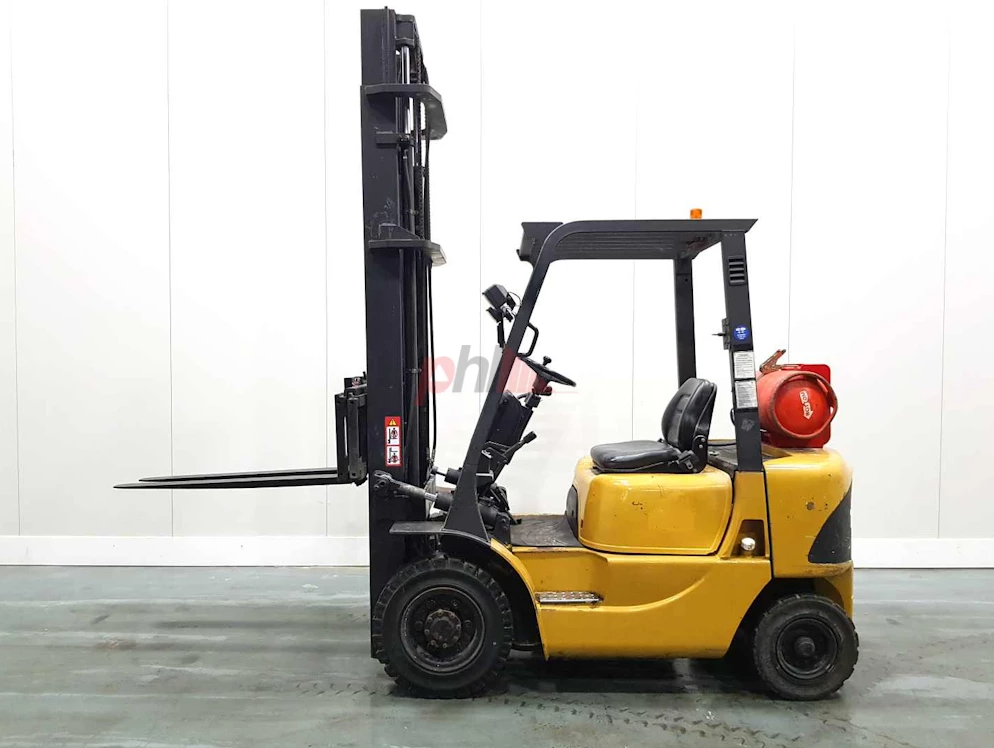
Counterbalance forklifts are the most common type of material handling equipment. Although most commonly used in warehouses, they are suitable for both indoor and outdoor use on even surfaces. There are various types of counterbalance trucks, such as the 3-wheel version ideal for manoeuvring in narrow spaces, as well as the conventional 4-wheel model. There are also models with either no cabin, half cabin or a full cabin to cater for all weather and driver comfort requirements.
These forklifts operate on a range of fuels, including:
- Electric (lithium-ion or lead acid)
- Diesel
- Gas
Thanks to the diverse range available, finding a counterbalance truck for your specific requirements is easily achievable. Counterbalance forklifts offer straightforward operation and have dual forks at the front to lift and transport the loads. The standard forklifts have a capacity range between 1.4 - 5 tonne, but some of the heavy-duty models can lift beyond 28 tonnes.
- Pros: Sturdy, powerful, versatile,
- Cons: Large turning circle, limited manoeuvrability
2. Reach Trucks
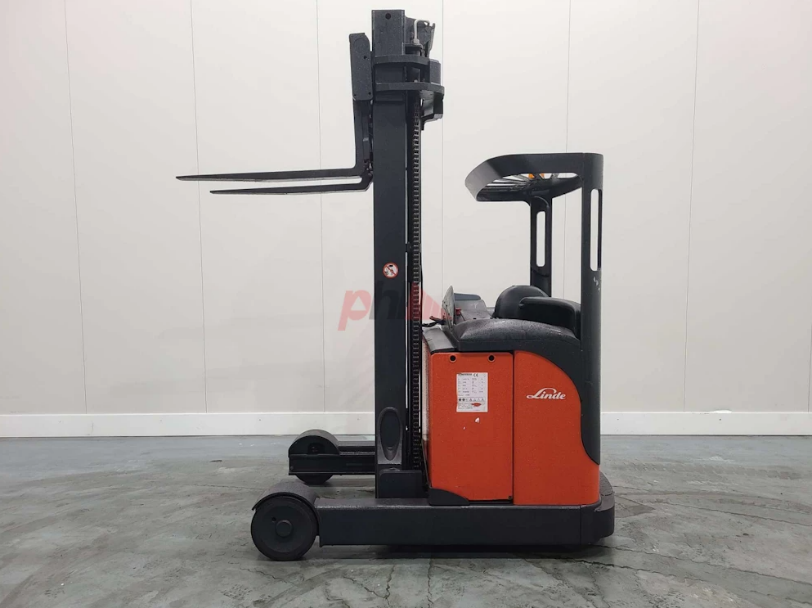
Reach trucks are known for their extended lift height, making them ideal for warehouses with high rise storage pallet racking. They are best suited for indoor use in narrow aisles and small areas where manoeuvrability is essential. Reach trucks provide a versatile solution for businesses looking to maximise their vertical storage capacity.
Operators sit or stand sideways when driving a reach truck for maximum visibility and control when handling loads in confined spaces.
There are many different types of reach trucks, visit our guide on reach trucks for the full breakdown of each type of reach truck and what applications they are best suited for.
- Pros: Manoeuvrable, high reach, capable in narrow aisles
- Cons: Require level ground
3. Stacker
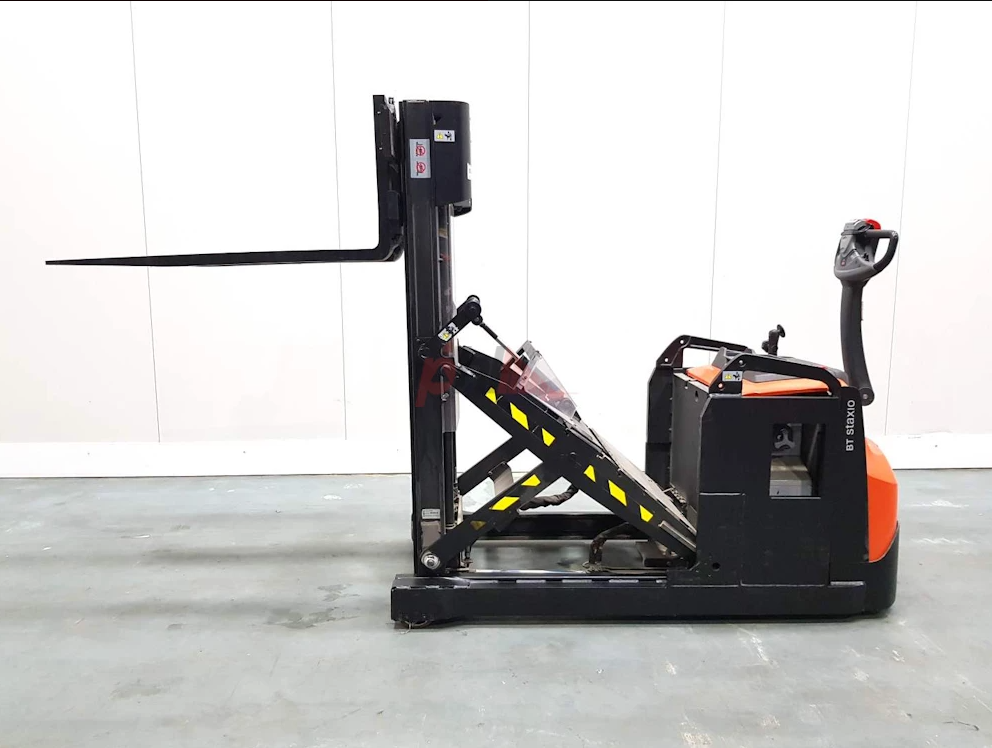
A stacker is designed to lift and vertically stack pallets, crates and other loads. They are commonly used in warehouses and distribution centres for efficiently organising and storing goods. The operator walks behind the stacker and steers using an attached handle, they are ideal for situations where you need a taller pallet truck to reach higher levels or for stacking loads on top of each other.
Although most commonly used in warehouses, they are also useful for loading and unloading deliveries from lorries and transporting goods within a facility.
- Pros: Efficient organisation
- Cons: Less ergonomic as operator has to walk behind stacker to operate
4. Pallet Trucks

A pallet truck has limited reach and is the perfect machine for moving floor level stock from one place to another, such as in a warehouse, shop or stock room. Pallet trucks are small and compact, meaning they are not suitable for lifting large, heavy loads. Due to their small size, they can fit into tight spaces and have great manoeuvrability.
Pallet trucks require low investment and are ideal to help optimise your operations and reduce the physical strain of operators transporting loads. There’s a wide variety of styles and designs available, some capable of moving loads up to 3 tonnes.
- Pros: Cheap, easy to use, manoeuvrable
- Cons: Cannot lift beyond a few inches, only suitable for pallets, can be slow
5. Articulated Trucks

Articulated forklift trucks are equipped with a unique articulating chassis. These forklifts allow you to pivot the forks and manoeuvre in tight spaces with ease. With one of the tightest turning circles, articulated trucks allow you to transport large loads in very tight spaces and aisles. With their unique ability to pivot, articulated trucks excel in stacking, retrieving and transporting goods in confined indoor spaces.
- Pros: Manoeuvrable, great in tight spaces, excellent lift height
- Cons: Needs level ground, requires wider aisles than VNA machines
6. VNA Machines
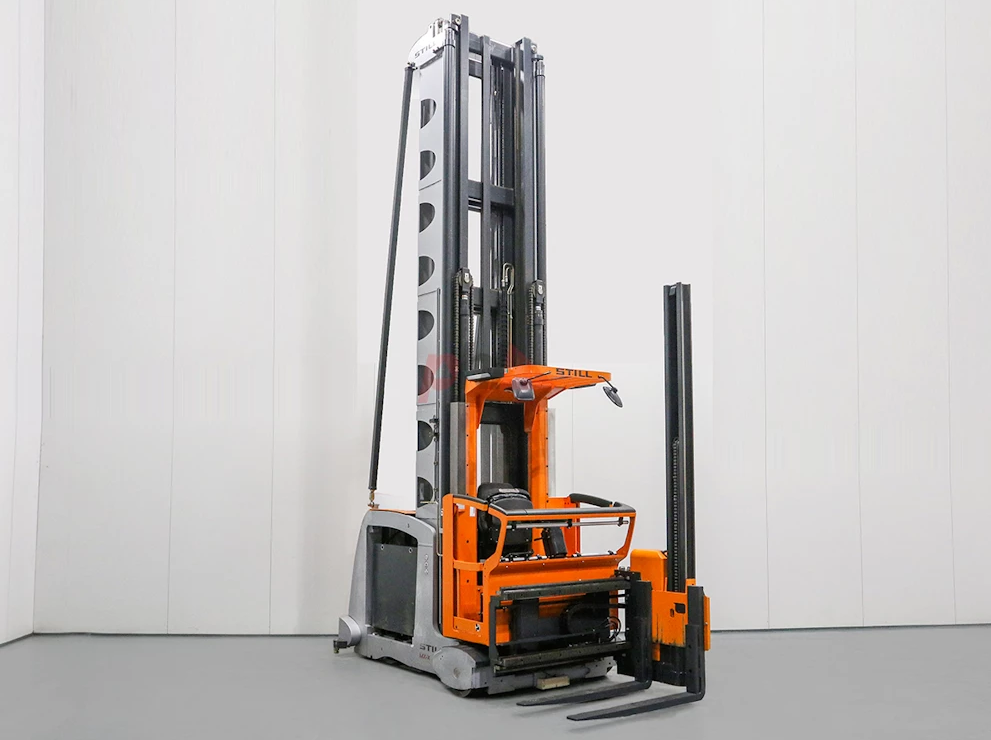
VNA forklifts are specialised forklift trucks designed to operate in extremely narrow aisles, typically warehouses and distribution centres. These machines are essential for high-density storage applications and enhancing warehouse productivity. VNA trucks, also known as Very Narrow Aisle machines, come in two different types:
- Turret Man Up - the operator is lifted to the same level as the forks, giving them the best view of the load
- Turret Man Down machines - the operator stays at ground level whilst the forks move up and down
They can manoeuvre in aisles as narrow as 1.6 metres and can be fitted with advanced technologies such as a rail or laser system that is designed to help them move as quickly and efficiently as possible. This forklift is perfect for the tightest aisles and can reach up to an impressive 18 metres.
- Pros: Great in narrow aisles, fast, excellent operator visibility
- Cons: Price, versatility
7. Order Picker

Order pickers are designed to manually pick items from a warehouse and lift operators up to warehouse racks to carry individual units. They are best suited for easy access to items on shelves, such as in a warehouse with a high turnover of small, individually picked items, without having to bring down full pallets. Reaching up to 32 feet, their versatile design means they can handle items of various shapes and sizes.
- Pros: Easy to use for individually picking items, tall lift height
- Cons: Suited to easy-access, simple layout warehouses
8. Rough Terrain

Rough terrain forklifts are designed specifically for use outdoors on uneven surfaces, where a standard forklift may struggle to manoeuvre smoothly. They have sturdy pneumatic tyres with thick treads, a powerful engine and high ground clearance making them more robust and durable than a standard forklift. Rough terrain forklifts are a must for outdoor applications such as construction sites, they are large machines and often diesel powered which makes them unsuitable for indoor use.
- Pros: Powerful, fast, operate on rough ground
- Cons: Large turning circle, not meant for indoor use
9. Telescopic
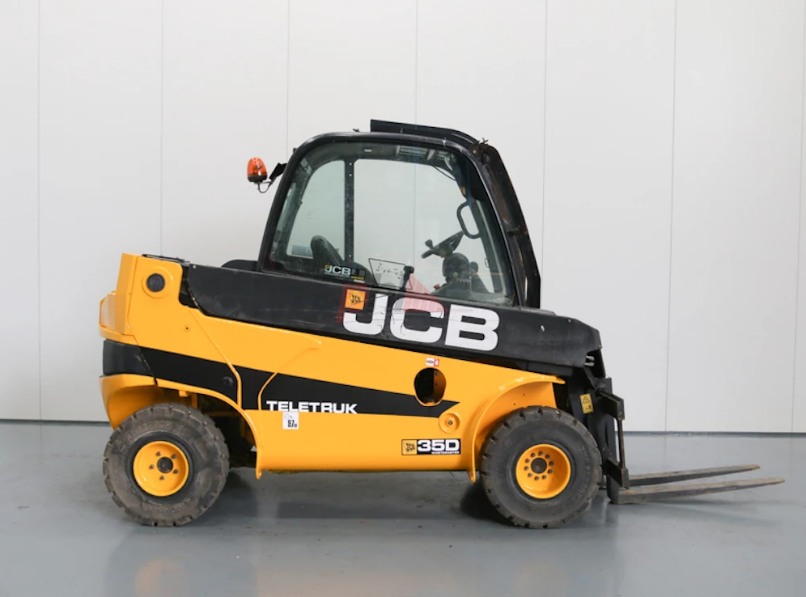
Telescopic forklifts have an extendable arm (also known as ‘a boom’) and can be fitted with a range of different attachments, making them an extremely versatile machine for many functions where heavy lifting is required. They are most commonly used in the agriculture industry but are also popular for use on construction sites and manufacturing plants, due to their ability to lift heavy loads high up and off-road capabilities. Telescopic forklifts are often larger than a standard forklift and due to their telescopic arm, they can work in environments that a normal forklift cannot handle.
- Pros: Powerful, high lift height, great on rough terrain
- Cons, Large turning circle, poor manoeuvrability
10. Side-Loaders
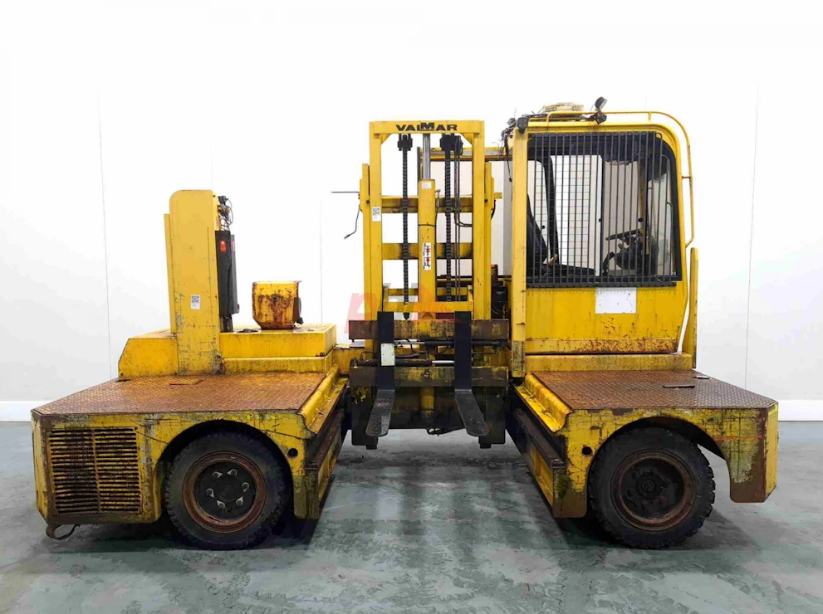
Side-loaders, also known as 4-way forklifts, are specialised machines designed for long or bulky loads such as wood and piping. These trucks pick up and carry the load on their side, giving them their name. The forks are on the side of the truck so they can pick up wide or long loads easily without having to turn, making them a great machine for working in narrow aisles whilst handling long loads. Multiway side loaders are a variation with wheels that can rotate 90 degrees, allowing ease of transportation in any direction.
- Pros: Great in narrow aisles, can carry long or awkward objects
- Cons: Works best inside, has limited applications
Discover the Range of Used Forklifts from PHL
We offer an extensive range of material handling equipment, if you would like to learn more about which type of forklift truck is right for your business, please contact PHL today.
Subscribe
Keep up to date with PHL and all things forklift machinery.